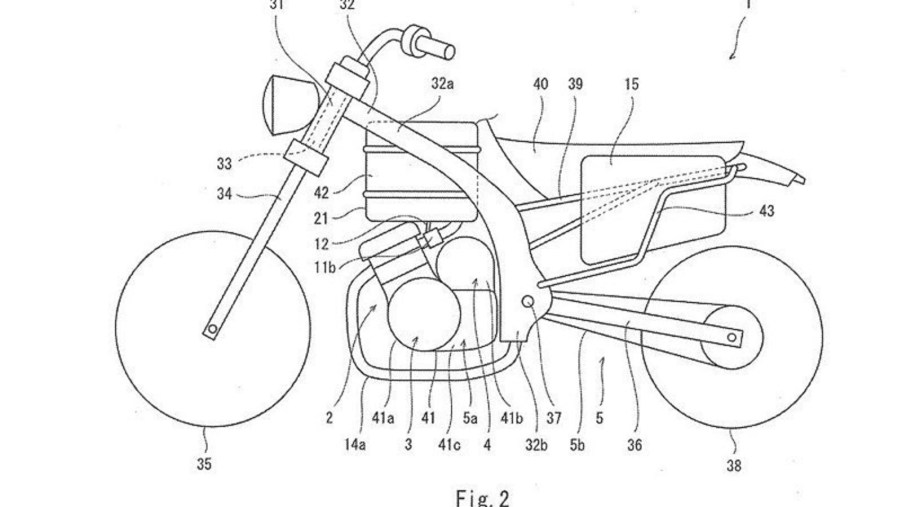
Kawasaki’s Supercharged Hybrid…2-Stroke Motorcycle?
Increasingly-tougher emissions regulations make for interesting, and high-performance, motorcycle tech. For example, Yamaha’s getting back into turbochargers, for one. And Kawasaki is working on putting a manual transmission in an electric motorcycle. However, that’s not the only new bike the Japanese company seems to be developing. There are already rumors about the brand’s 200-hp supercharged engine going into the Vulcan cruiser. But now, there’s evidence that Kawasaki’s going to supercharge another motorcycle: a hybrid 2-stroke one.
Kawasaki’s supercharged 2-stroke hybrid motorcycle patent
Kawasaki had previously submitted patents for a hybrid motorcycle, Cycle World reports. But at the time, not much was known about the bike’s mechanical details. Now, though, there’s a new patent out, Cycle World reports, which expands on the earlier one.
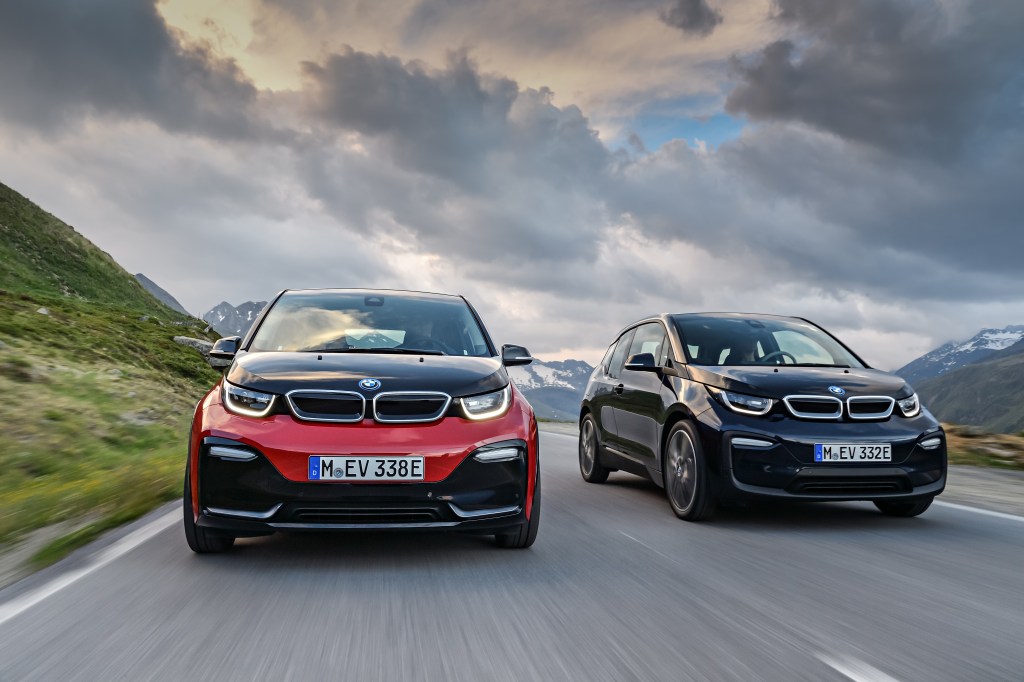
Based on the new patent, it appears Kawasaki is working on a series-hybrid motorcycle. Most hybrid cars, like the Prius, are ‘parallel hybrids’ that rely on a mix of gasoline and electric power. However, a series hybrid, like the Chevrolet Volt or BMW i3, is basically an EV that uses a gasoline engine to recharge its batteries.
Where Kawasaki’s hybrid motorcycle differs is in the kind of engine it uses: a supercharged 2-stroke engine. The company isn’t new to supercharging: its Ninja H2 sportbike and Z H2 naked bike both use the technology. It’s also not new to 2-stroke engines, either. Actually, up until the mid-90s, basically, all Japanese bike companies offered 2-stroke bikes, Cycle World reports.
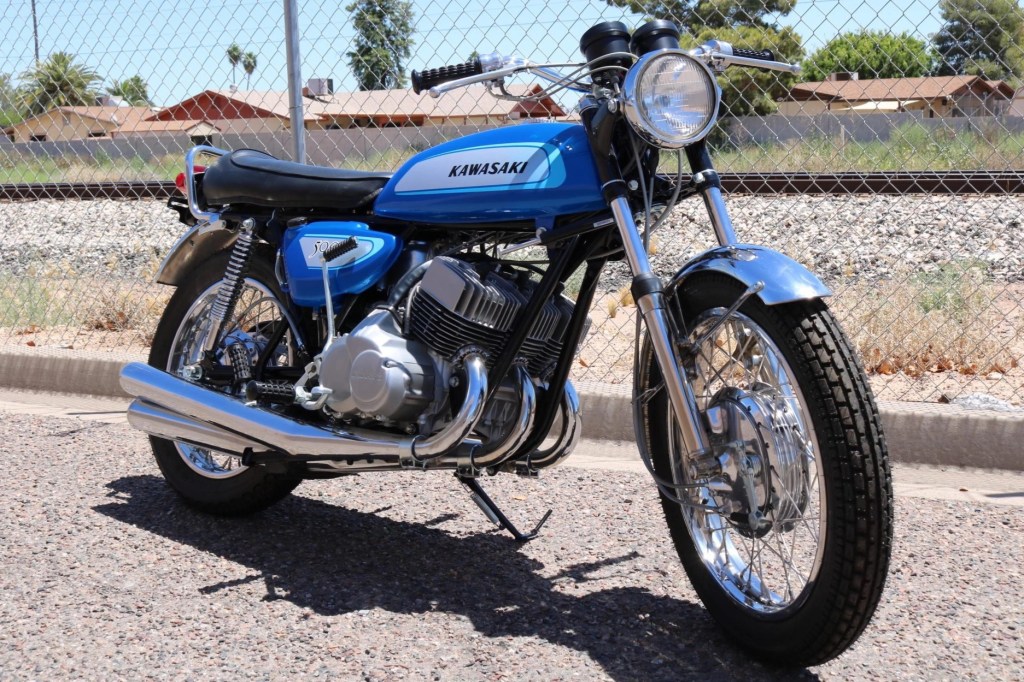
Kawasaki actually made its name in the US thanks to such bikes, Hagerty reports. Before the KZ900 LTD power cruiser, Kawasaki’s most-powerful production bike was the 2-stroke H1 Mach III. In fact, when it was released in 1969 as a CB750 rival, it was the most powerful production bike in the world, Autoweek reports.
But could Kawasaki really combine all this history and tech into a real motorcycle?
How feasible is Kawasaki’s hybrid 2-stroke bike?
In terms of going hybrid, Cycle World muses that Kawasaki has other, potentially cheaper ways of adding performance while cutting emissions. For example, turbocharging, or adding more gears to the transmission.
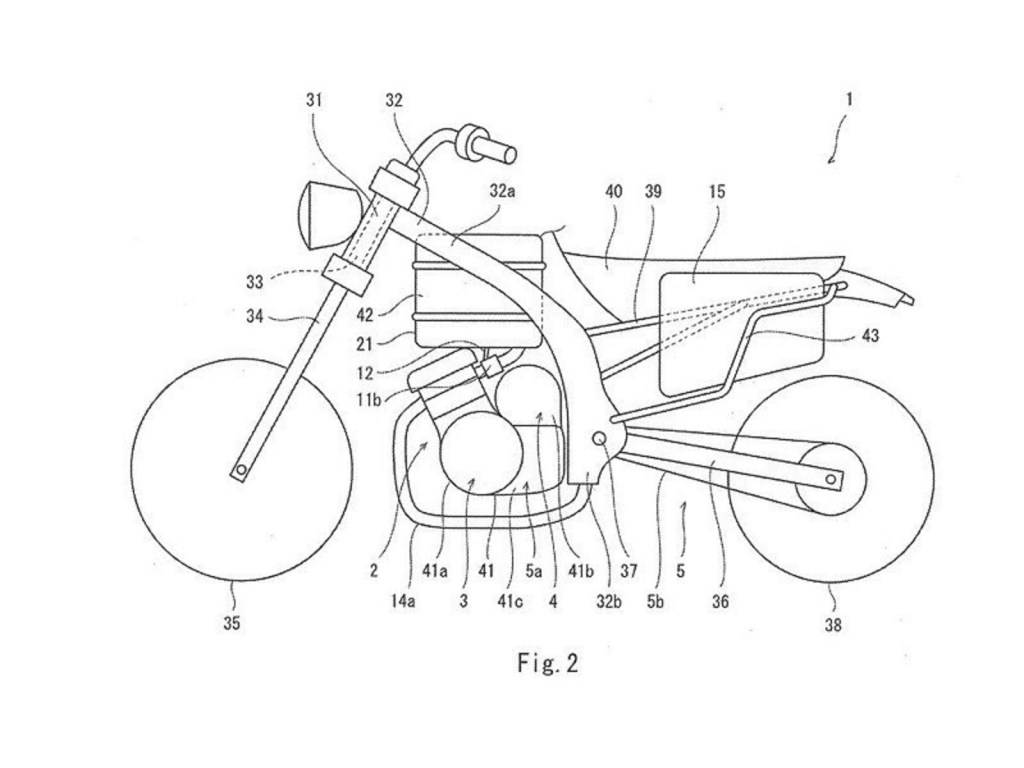
And even outside the added weight and cost of a hybrid system, there’s also the matter of packaging it. Though Kawasaki appears to have thought of that. The earlier patent shows the battery pack placed in what’s normally the gas tank and the motor atop the transmission. The fuel tank, which can be smaller because it’s not the main energy source, is under the seat.
However, it’s the 2-stroke part that raises the biggest questions. True, 2-strokes are simpler and lighter than 4-strokes, Berryman Products explains. However, they’re less fuel-efficient, louder, and more crucially, produce more emissions.
Unlike a 4-stroke, a 2-stroke engine’s design connects the combustion chamber with its crankcase, Cycle World and PowerEquipmentDirect explain. Because of that, you can’t lubricate it with circulating oil. Instead, you have to mix oil into the fuel. The oil then gets burned during combustion, which creates soot.
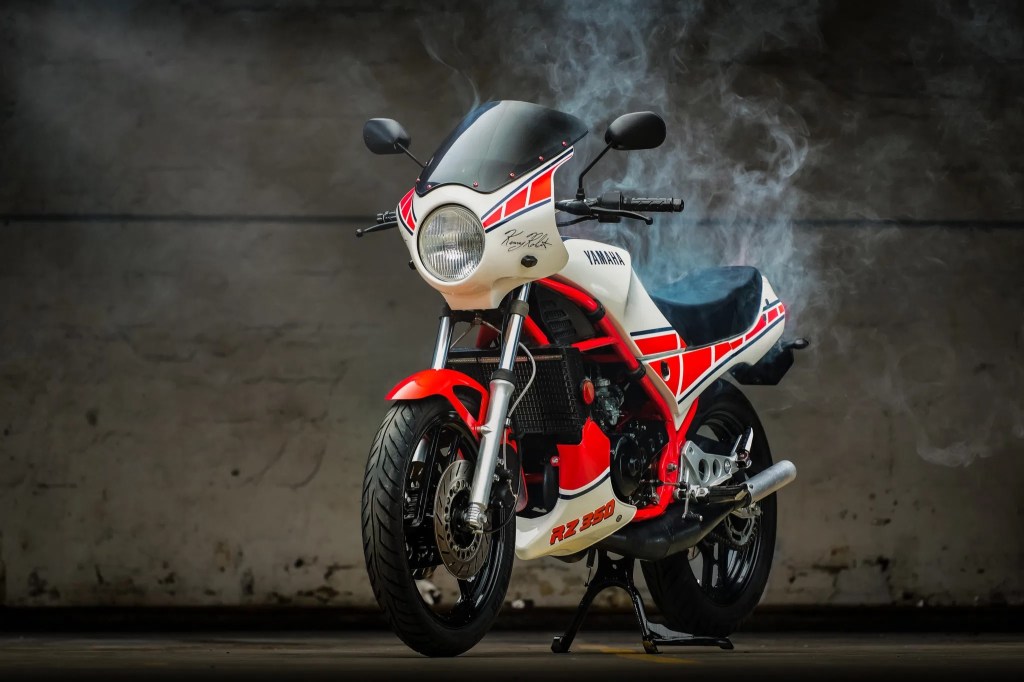
In addition, many pre-fuel-ignition 2-stroke engines let unburned fuel escape into the air, Cycle World reports, further worsening emissions. As a result, the last street-legal 2-stroke bike sold in the US was the 1985 Yamaha RZ350, Silodrome reports.
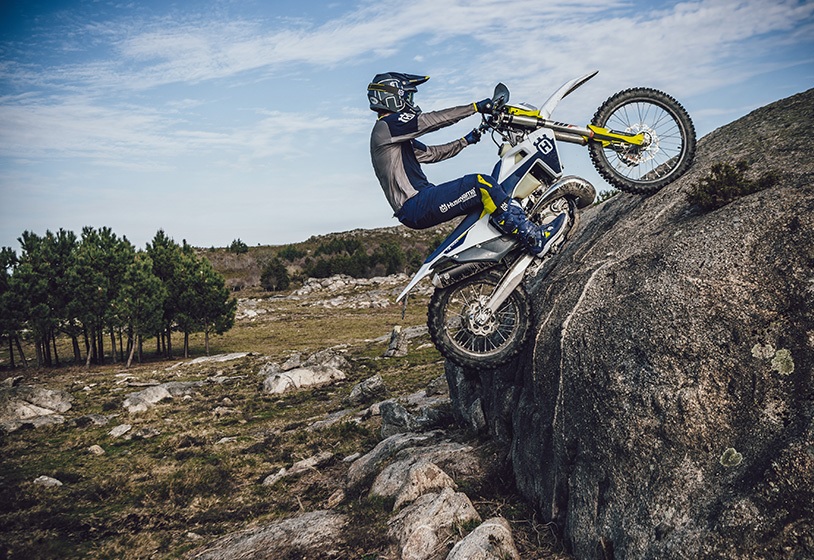
However, as manufacturers like KTM and Husqvarna have shown, modern fuel injection can clean 2-strokes up, Cycle World reports. In addition, 2-strokes, by their very nature, produce low NOx (smog-causing) emissions. Plus, using forced-induction means Kawasaki has to use a more-emissions-compliant valve design to deal with the additional engine stress. On top of that, because the engine is essentially a range-extender, it can operate continually at its most efficient, cleanest-burning speed.
What’s still unknown
As of this writing, this motorcycle is just a patent drawing. Kawasaki hasn’t indicated a potential timeline for when this hypothetical supercharged 2-stroke hybrid powertrain could debut. However, the powertrain has applications in vehicles besides motorcycles, including ATVs and small watercraft.
Besides that, it’s possible 2-stroke engines could be making a racing return, Cycle World, and VisorDown report. Both Formula 1 and MotoGP have indicated that new technology and designs could make the engines feasible again. But 2-strokes didn’t leave the racing scene all that long ago anyway. Grand Prix motorcycles used 2-strokes up until 2002.
But the biggest hurdle remains what ultimately killed street-legal 2-strokes in the US: emissions regulations. The fact is that the EPA’s future plans are often unpredictable, and even with modern designs, 2-strokes aren’t quite as clean as 4-strokes. And that’s before California’s air-quality standards are involved.
But the fact that a major motorcycle company like Kawasaki remains interested in unconventional thinking is great to see.
Follow more updates from MotorBiscuit on our Facebook page.


